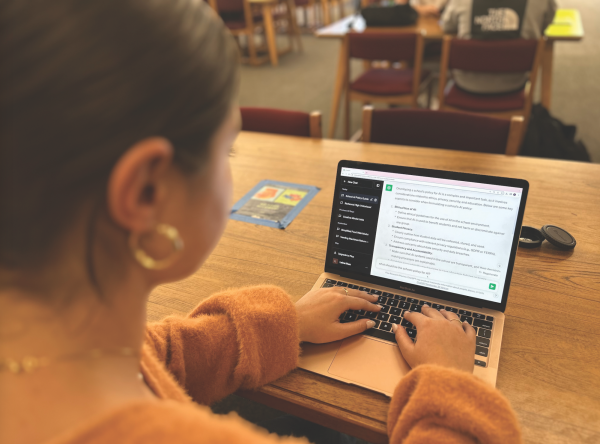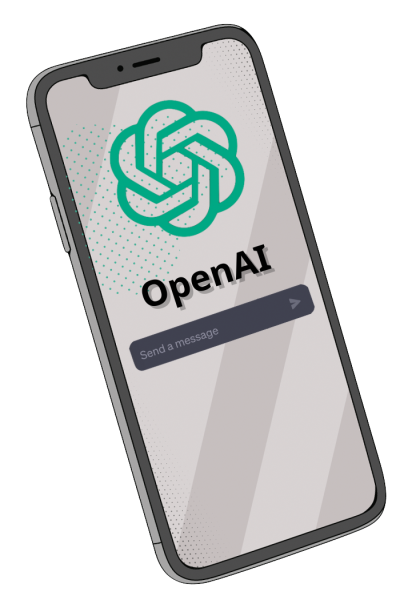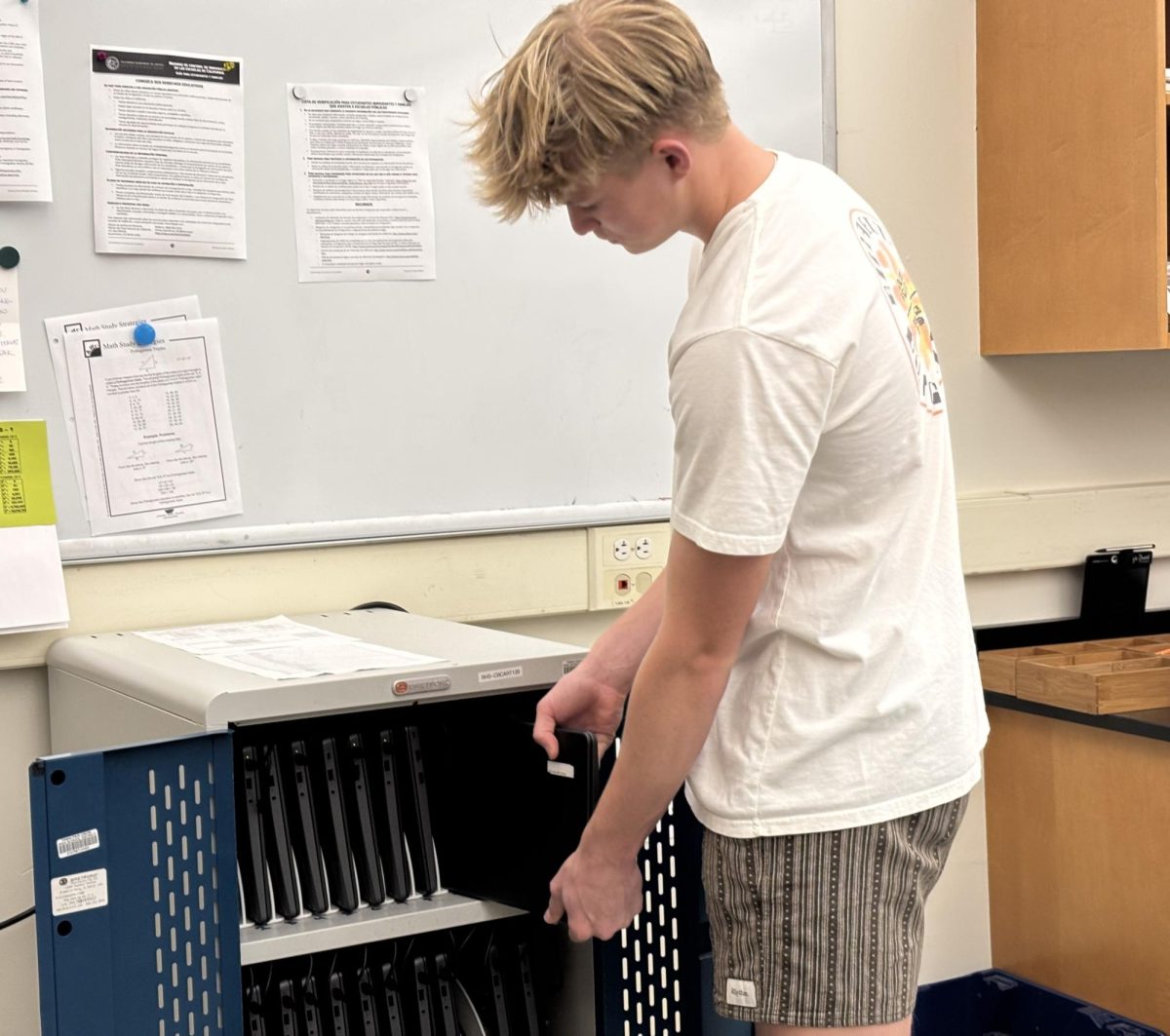
On Nov. 30, 2022, the Chat Generative Pre-trained Transformer (ChatGPT), an artificial intelligence (AI) engine, was released to the American public. Throughout the United States, school districts have taken steps to prohibit using AI tools as a response to concerns about academic integrity. New York City Public Schools, the largest school district in the United States, initially banned the tool but then reversed the ban in May. Nicole Brownstein, a spokeswoman for the district, released a statement reflecting the district changes.
“Technology is constantly changing, and New York City Public Schools aim to be at the forefront of these changes,” Brownstein said in her statement.
Tamalpais Union High School District (TUHSD) decided not to create a policy regarding AI. They will instead rely on the current academic honesty policy which states, “All students need to prove to themselves that they can do successful work as a result of their own efforts.” TUHSD does, however, have future plans to implement an AI policy.
In an email, Superintendent Tara Taupier stated she currently serves on a district-wide committee looking into the ethical use of AI in education. “We do not yet have a formal policy, but the work we are doing as a county will inform any future policy,” Taupier said.
Vice Principal Lisa Kemp acknowledged Redwood does not have a formal policy regarding AI but agrees any AI-generated work would violate the academic honesty policy. Some teachers even created their own policies or bans. However, Kemp acknowledges its potential utility in the classroom for teachers and students.

“We haven’t disallowed teachers from using [Chat GPT] to read students’ papers or apply rubrics,” Kemp said. “I think that [AI] could be useful [for teachers], [such as] to construct a lesson. It’s the same way I might ask somebody else [for input].’’
Despite this, Kemp cautions teachers from relying solely on AI tools to grade and analyze student work.
“If the administration were to take a position on Chat GPT for feedback, [it would require teachers] to read students’ work [by themselves] for at least the first month of school so that they know their [students’] work,” Kemp said.
One student, senior Varun Sanjeev, a frequent user of AI, believes that AI can be useful as an idea generator rather than for writing entire essays.
“For example, if you are writing a college application and you are struggling to come up with something unique, you could use [AI] to come up with an idea,” Sanjeev said. “My [Advanced Placement] Research class officially announced that we can use AI to help us. I think that’s a step in the right direction.”
The College Board released guidance for several Advanced Placement (AP) classes, including AP Capstone. Their official guidelines state “Students can use AI tools as optional aids for exploration of potential topics of inquiry, initial searches for sources of inquiry, confirming their understanding of a complex text or checking their writing for grammar or tone.”
A lingering question remains: where can students learn to harness the power of these tools of the future? For Kemp, the answer isn’t so simple.
“I don’t know if [teachers] would want to make [AI] another facet of their curriculum, because if you’re teaching kids to use it and you’ve [already] got 200 years of history to teach in 36 weeks, adding something else that you’re teaching kids how to do is difficult,” Kemp said.
For Sanjeev, one place where AI could be inserted into the curriculum is in Social Issues.
“If schools are preparing students to use [AI] properly and ethically, I think that can only be a benefit,” Sanjeev said.






